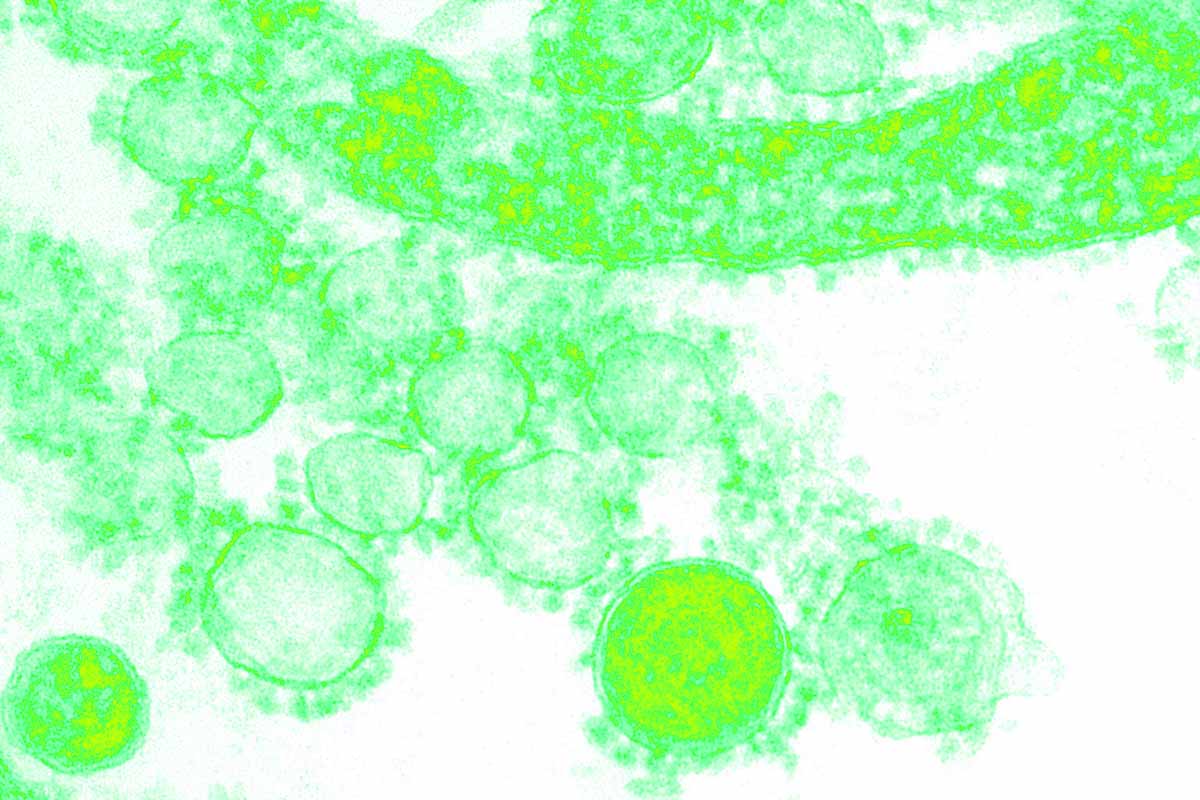It’s not easy to understand the differences between septic bacteria additives, how they work and which is right for you. Here we cover some of the ways that septic additives work and what you should be looking for to get the best results.
Types of septic bacteria additive
Bacteria and enzyme based additive
Additives based on bacteria and enzymes contain bacteria and enzymes which are added to the septic system. This type of septic bacteria additive can have a short term effect on system performance as the enzymes will catalyse waste breakdown.
The effect is short lived though because the amount of bacteria and enzymes are very little in comparison to what’s needed for the system to function. If the bacteria were unable to maintain effective populations previously, it’s unlikely they will be able to do so now.
Biological stimulant based additive
Additives that rely on biological stimulants contain select nutrients and minerals that promote the growth of beneficial bacteria. The goal with this type of septic bacteria additive is to allow the rate of growth to exceed the rate of decline which will increase bacterial populations within the system.
Healthy populations of bacteria with the right biological stimulants will produce their own enzymes and the waste will be digested efficiently. Improving the biological conditions and adding the right stimulants will provide long term performance benefits and extend the life of our system.
Wet vs dry septic bacteria additives
While it’s easier to store bacteria in a dry state, they are less effective when applied dry than when applied in a wet, live state. When septic bacteria are added in their dry form there is usually a lag before they become active and there is an expected loss as not all the bacteria will revive.
Certain septic bacterial additives such as the Enhancer Kit AB or Enhancer Kit GF are supplied in a wet state and come with stabilisers to ensure the environment is optimal.
Type of application
Septic bacteria additives also vary according to the way they are applied. Many septic bacteria additives that are applied in a single dose, infrequently, lack the ability to create long term performance improvements. In the same way that medication is prescribed in smaller doses over a longer period of time, septic additives are more effective when applied consistently over time.
Are bacteria for an AWTS and a septic system different?
A septic system uses anaerobic bacteria whereas an AWTS uses both aerobic and anaerobic bacteria. Make sure the product you choose contains the right types of bacteria for your system.
Products like Culture AB, Culture GF, Enhancer Kit AB and Enhancer Kit GF contain specialty aerobic and anaerobic bacteria so they can be used in septic systems or AWTS.
Here’s what you should be looking for
To sum up, you should be looking for a septic bacteria additive that:
- Solves the underlying reasons for poor system performance by providing bacteria with what they need to grow,
- Are used in an active, wet state and,
- Come with a treatment plan that’s designed to deliver long-term results.

